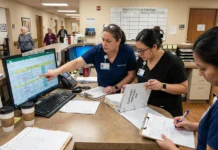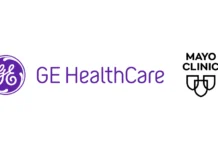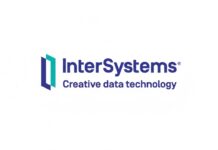Clinical education is the foundation of every nurse practitioner’s success. For NP students, hands-on clinical practice transforms classroom theory into real-world patient care, sharpening the confidence and competence that define advanced nursing. Yet many nurse practitioner students still face steep barriers in securing clinical placements—limited clinical sites, overextended preceptors, and complex required paperwork that slows down their rotation requests.
To strengthen these pathways, universities, healthcare organizations, and preceptor matching services must work together to create a streamlined, supportive system that keeps students progressing toward licensure and professional growth.
The growing challenge in clinical education
Across specialties—psychiatric mental health, primary care, acute care, women’s health, and pediatrics—most students report that finding qualified NP preceptors is their biggest hurdle. Limited affiliation agreements, high workloads among providers, and inconsistent coordination between schools and clinical sites often leave nurse practitioner students searching for months. When placements fall through, delays ripple through entire programs, affecting graduation timelines and the broader healthcare workforce.
Universities are now re-evaluating how to provide guidance, build sustainable preceptor pipelines, and support the unique needs of students balancing work, family, and rigorous courses.
Why preceptors are the cornerstone of competence
Nurse practitioner preceptors play a critical mentoring role. Under their supervision, nursing students apply diagnostic reasoning, medication management, and therapeutic communication in real patient encounters.
In specialties such as psychiatric mental health, preceptors teach how to assess complex behavioral conditions and coordinate interdisciplinary care teams. In primary care or urgent care settings, they model holistic health promotion, preventive screening, and chronic disease management.
Through this mentorship, students gain more than skills—they gain confidence, compassion, and professional identity.
Without reliable preceptor support, that transformation stalls.
How technology and partnerships close the gap
Modern preceptor matching services are helping nurse practitioner students bridge the gap between education and practice.
Platforms like NPHub simplify the preceptor search, offering a streamlined process for students to find NP preceptors who align with their specialties, location, and clinical rotation timelines.
These services simplify every step:
- Managing rotation requests and affiliation agreements
- Verifying credentials and required paperwork
- Offering payment plans for flexible scheduling
- Providing ongoing assistance through a dedicated team of coordinators
This model reduces stress, improves placement reliability, and allows students to focus on learning rather than logistics.
To explore a practical, step-by-step approach, see this detailed guide on how NP students can connect with the right preceptors.

Building stronger systems: what schools and providers can do
Universities can take proactive steps to make clinical education more equitable and efficient:
- Forecast clinical demand Mapping upcoming rotations by specialty helps align clinical sites with student flow.
- Simplify documentation. A single standardized packet for all required paperwork—background checks, immunizations, learning objectives—reduces
- Create incentive Recognize preceptors through adjunct titles, education credits, or honorariums that reflect their teaching commitment.
- Strengthen feedback Collect post-rotation data to measure quality, competency development, and preceptor satisfaction.
- Use telehealth Virtual clinical rotations, especially in psychiatric mental health, expand capacity and expose students to modern models of patient care.
Health systems benefit too as formalizing affiliation agreements, they secure a pipeline of future nurse practitioners trained within their culture and workflows—reducing onboarding time and turnover.
Supporting students through mentorship and empathy
Behind every rotation request is a story of persistence. Many RN-to-NP students juggle employment, family responsibilities, and demanding coursework. Providing early guidance, mentorship, and emotional support helps prevent burnout. Preceptors who emphasize empathy and compassion—not just clinical precision—model the holistic care approach that defines the NP profession.
Mentors can:
- Share personal learning curves and real-world
- Offer structured feedback that builds
- Encourage reflection on communication, ethics, and health
This relationship transforms the training experience from transactional to transformative.
A collective commitment to the future of nursing
Strengthening clinical education pathways for NP students requires coordinated effort among universities, clinical partners, and innovative services that simplify placement logistics.
When these systems work in harmony, students transition smoothly from education to practice, equipped with the knowledge, expertise, and confidence to deliver exceptional patient care.
By investing in reliable preceptor networks, transparent processes, and technology that eases paperwork, the nursing profession ensures every student—whether in primary care, acute care, pediatrics, or psychiatric mental health—has access to the clinical experience needed to thrive.
Ultimately, the goal is simple: connect every NP student with the perfect preceptor, nurture the next generation of compassionate providers, and safeguard the quality of our healthcare future.


















